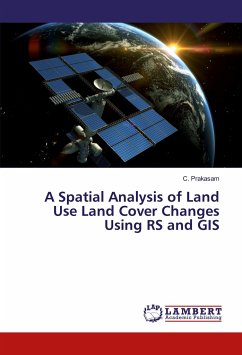
THE THIRTIETH PARALLEL AND ANCIENT CIVILIZATIONS
Historical geography
Versandkostenfrei!
Versandfertig in 1-2 Wochen
30,99 €
inkl. MwSt.

PAYBACK Punkte
15 °P sammeln!
The development of civilizations is inevitably associated with natural, climatic and geographical factors. All ancient civilizations developed in conditions favorable to them. For farming, it is important to have enough water and fertile soil. For cattle breeding, it is important to have grassy vegetation. Cities arose at the hubs of trade in surplus fruit and meat production. Various crafts and building construction arose in cities. The most important buildings were those of a religious nature. These structures were the largest for the surrounding area. Numerous pilgrims from the surrounding ...
The development of civilizations is inevitably associated with natural, climatic and geographical factors. All ancient civilizations developed in conditions favorable to them. For farming, it is important to have enough water and fertile soil. For cattle breeding, it is important to have grassy vegetation. Cities arose at the hubs of trade in surplus fruit and meat production. Various crafts and building construction arose in cities. The most important buildings were those of a religious nature. These structures were the largest for the surrounding area. Numerous pilgrims from the surrounding areas flocked to the temples. Science developed in cities and tools of labor and production were improved. In the cities, goods were exchanged and trade took place. The most grandiose structures were erected in prosperous civilizations during their maximum prosperity. But the question arises why the centers of most ancient civilizations were located at the thirtieth parallel of planet Earth.












